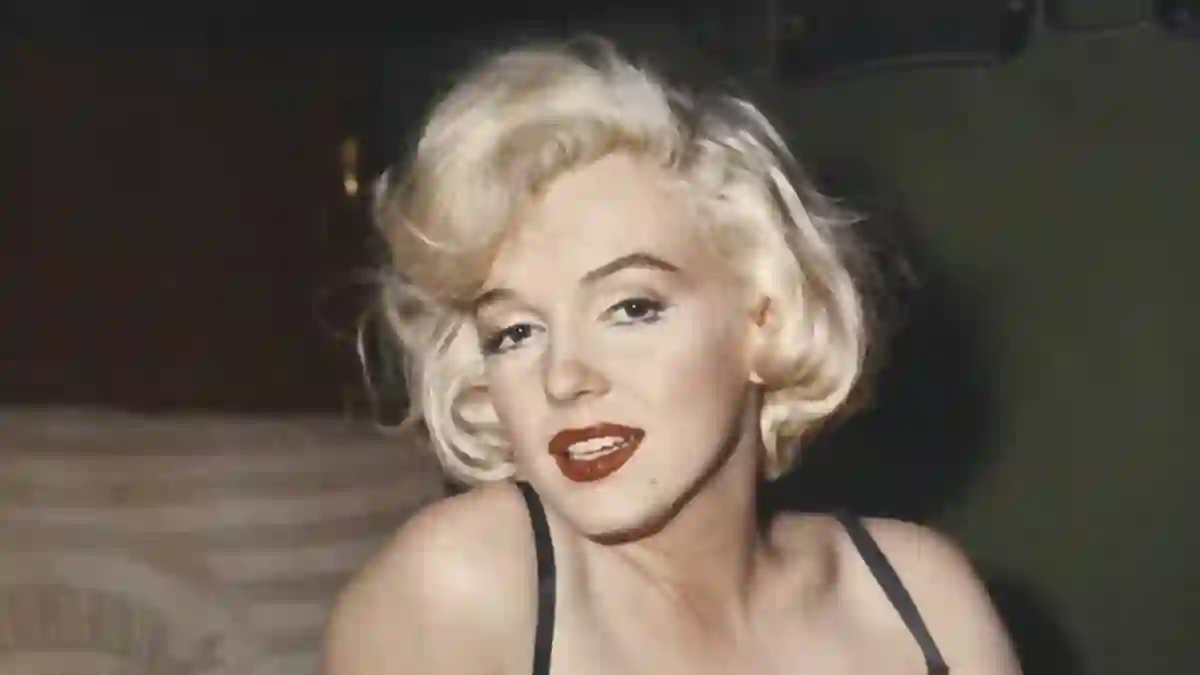In August 1962, a young coroner’s deputy in Los Angeles walked into work expecting a routine day.
But what awaited him was anything but ordinary. Among the several bodies queued for examination, one name stood out—Marilyn Monroe.
The glamorous star who had recently celebrated the president’s birthday was now at the center of one of the most enduring mysteries in Hollywood history.
A Close-Up Look at Marilyn Monroe’s Final Hours
Thomas Noguchi was just starting his career when he was handed the daunting task of performing Marilyn Monroe’s autopsy.
In the book LA Coroner by Anne Soon Choi, Noguchi recalls reading the initial report: Monroe was found nude, face down, with empty bottles of sleeping pills nearby.
She had recently been prescribed powerful sedatives and was known to be deeply despondent.
At 36 years old, Marilyn was just slightly older than Noguchi himself.
This connection made the case personal in a way few others could understand.
As he carefully examined her body for signs of injection or foul play, his magnifying glass revealed no needle marks.
Despite finding no immediate visual clues of how the pills might have been ingested, he gathered samples for toxicology tests.
Toxicology Results Raise New Questions
Initially confident in the suicide verdict, Noguchi’s certainty wavered when the toxicology lab reported fatal levels of sedatives but refused to test stomach contents.
The head toxicologist considered further tests unnecessary, but this decision left Noguchi uneasy.
As the junior coroner, he felt powerless to challenge the process, yet he knew unanswered questions lingered.
Meanwhile, rumors spiraled wildly—from CIA conspiracies to Mafia involvement.
To quell the frenzy, Chief Coroner Theodore Curphey publicly confirmed that Monroe died by suicide, citing her history of psychiatric struggles and previous suicide attempts.
A Case Shrouded in Doubt and Silence
Noguchi long wished for a complete analysis of Monroe’s stomach contents, but those samples were discarded after the official report.
Without that data, it remained impossible to rule out other causes of death, like injection.
These gaps in evidence haunted him for decades, fueling his doubts and worries about being part of a cover-up.
He also wondered why such a high-profile case was assigned to him—a young, relatively inexperienced deputy—rather than a senior examiner.
This decision has puzzled many, including bestselling author James Patterson, who highlights the oddity in his book The Last Days of Marilyn Monroe.
A Career Marked by Fame, Controversy, and Resilience
Noguchi’s career went on to include high-profile autopsies of Robert F. Kennedy, Natalie Wood, and Sharon Tate, and he became the inspiration for the TV show Quincy ME.
Known for his larger-than-life personality and brilliance, Noguchi’s career wasn’t without turmoil.
He lost his job twice—first amid accusations that he attributed to racism and later due to his outspoken handling of celebrity deaths.
Despite these challenges, he continued to contribute to forensic science research and remained engaged in his field well into old age.
Now 98, Noguchi reflects on the Marilyn Monroe case with lingering regret and uncertainty but also a deep sense of the weight it carried throughout his life.
The Enduring Mystery of Marilyn Monroe’s Death
More than six decades after that fateful August morning, the circumstances around Marilyn Monroe’s death remain shrouded in mystery.
Noguchi’s story reveals not just the clinical facts but the human side of dealing with celebrity, suspicion, and unanswered questions.
His experience reminds us how some mysteries resist closure, even in the hands of those sworn to uncover the truth.
